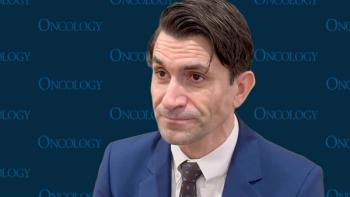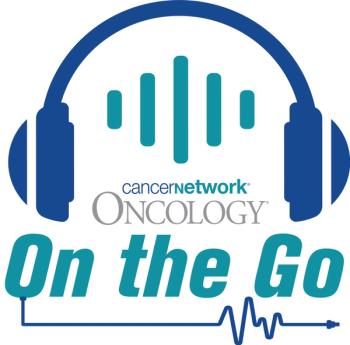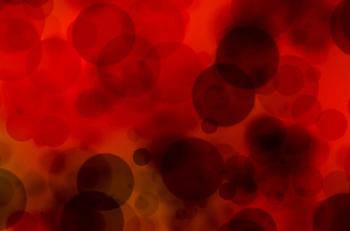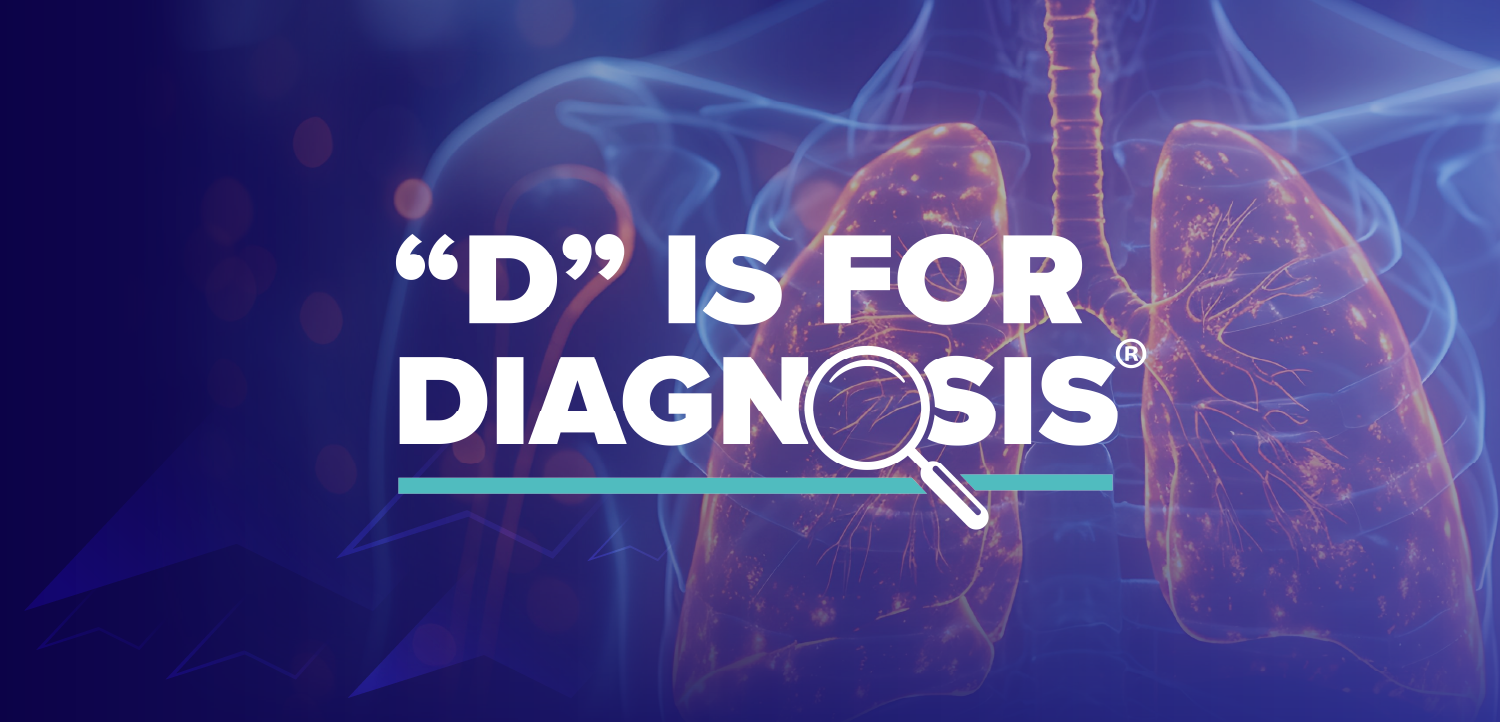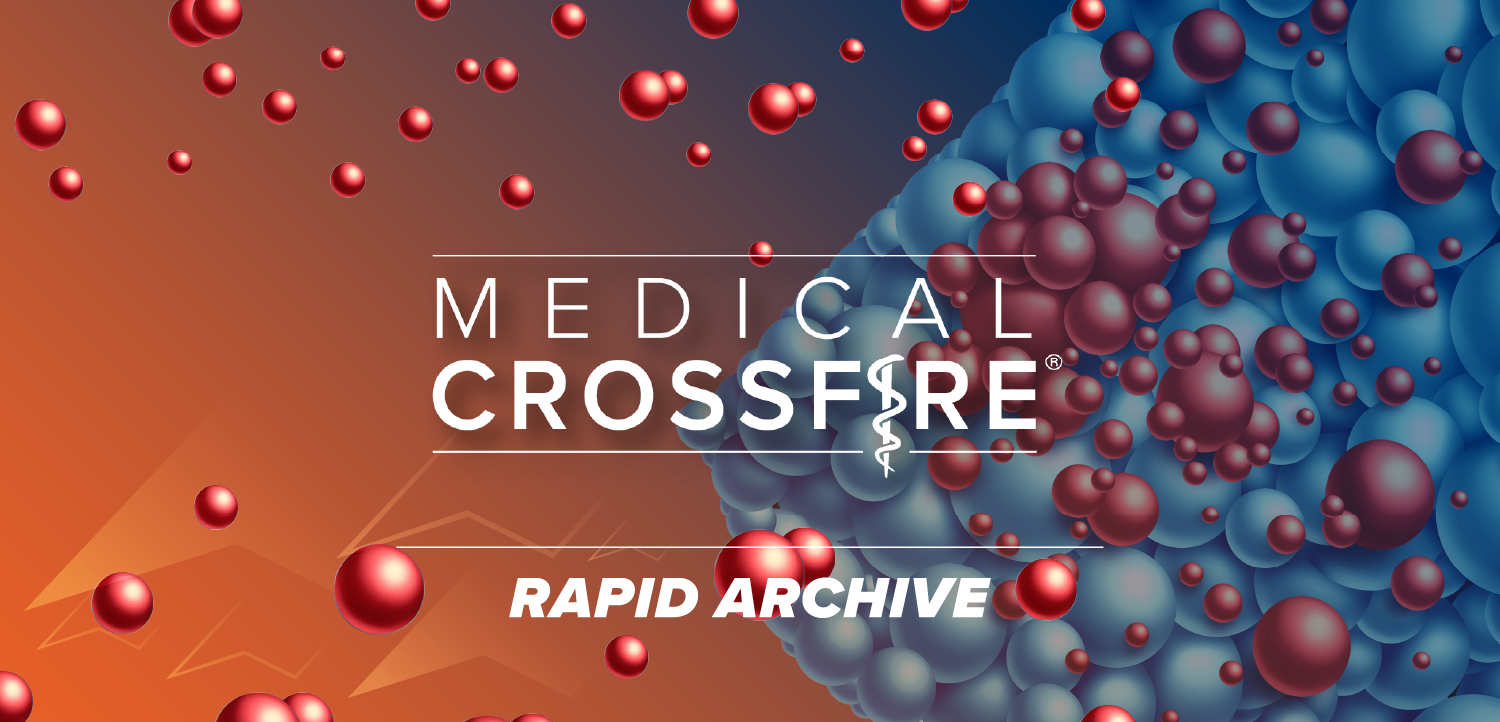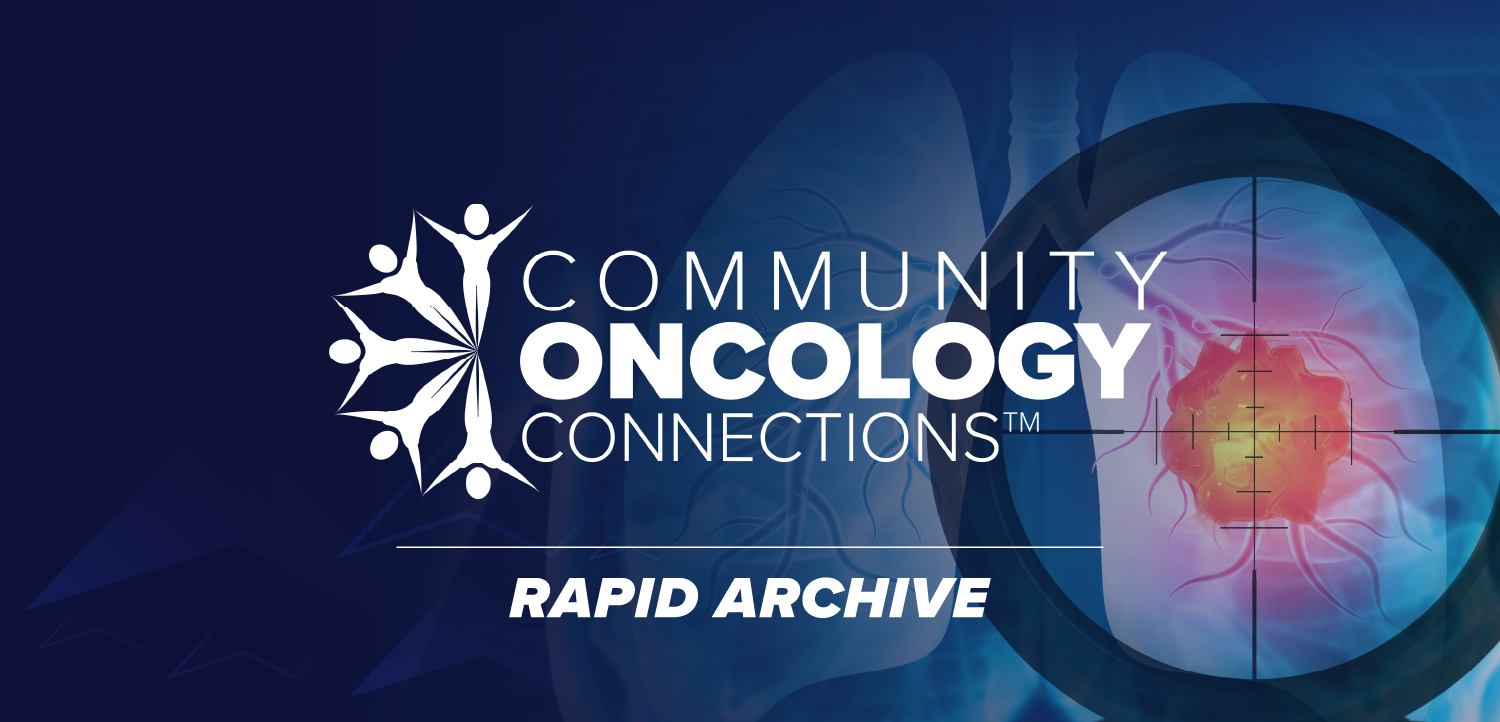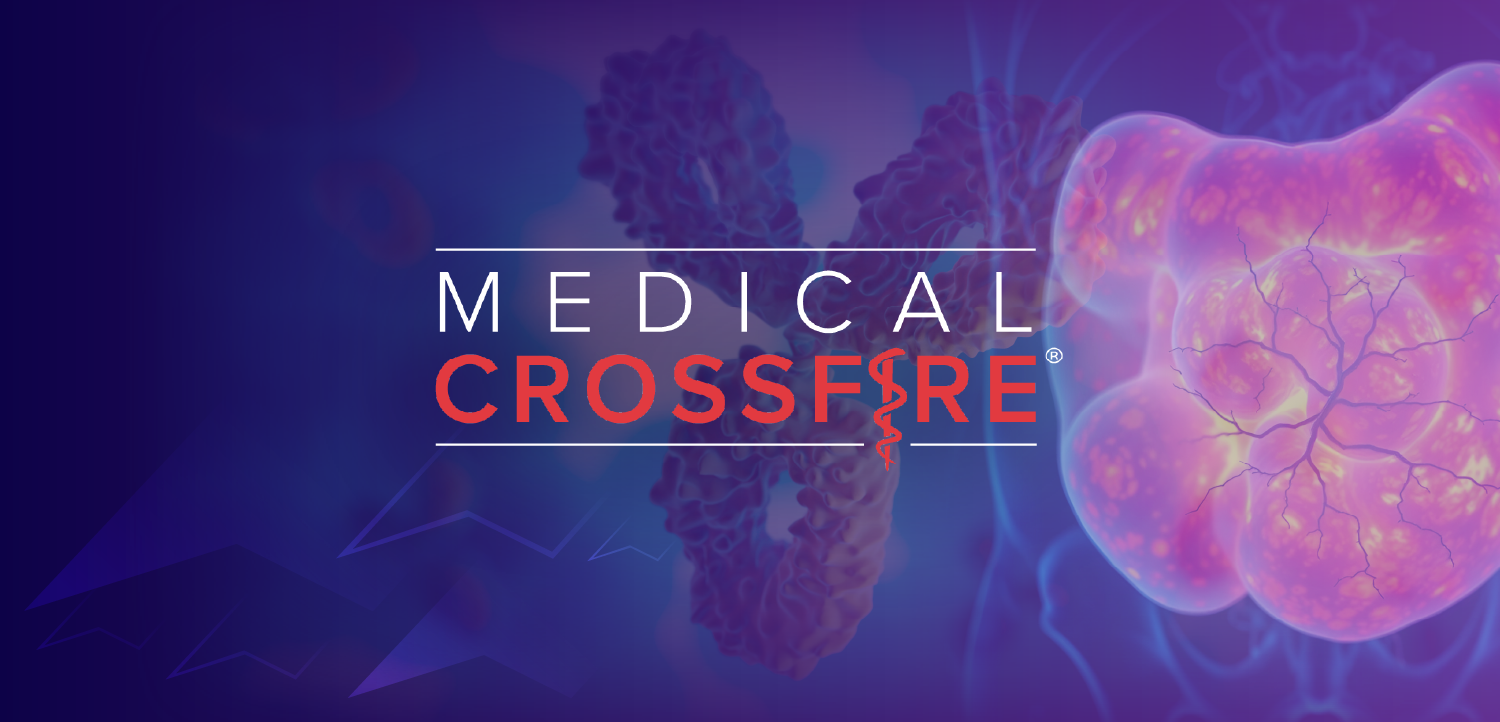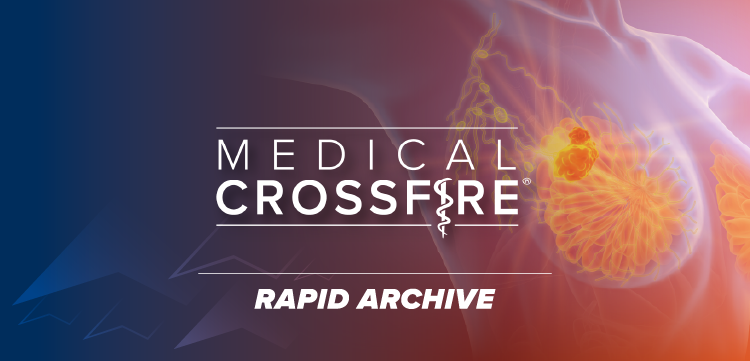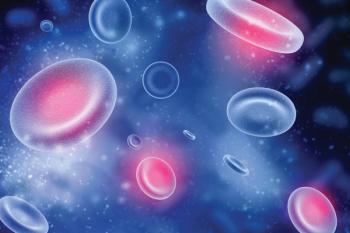
Can ctDNA Measurements Predict DLBCL Outcomes?
A study shows pretreatment ctDNA levels and molecular responses are independently prognostic of outcomes in lymphomas.
Pretreatment levels of circulating tumor DNA (ctDNA) and molecular responses to therapy were independently prognostic of outcomes in patients with aggressive lymphoma, including diffuse large B-cell lymphoma (DLBCL), according to the results of a study published in The Journal of Clinical Oncology.
“The identification of patients at exceptionally high-risk (i.e., interim PET/CT positive and not achieving early molecular response/major molecular response) could provide an opportunity for early intervention with alternative treatments, including autologous bone marrow transplantation or chimeric antigen receptor T cells,” wrote
According to the
Prior to undergoing therapy, ctDNA was detectable in almost all of the involved patients (98%), and was prognostic for patients undergoing front-line or salvage therapy.
The researchers used a discovery cohort to characterize early ctDNA during therapy to define response-associated thresholds. In this set, they found that ctDNA levels changed rapidly with a 2-log decrease after one cycle-indicating early molecular response-and a 2.5-log decrease after two cycles-indicating major molecular response and stratifying outcomes.
Next, the researchers assessed these thresholds in two independent validation sets. In the first set, those patients that received frontline therapy after achieving early molecular response (EMR) or major molecular response (MMR) had improved event-free survival at 24 months (EMR: 83% vs 50%; P = .0015; MMR: 82% vs 46%; P < .001). Achievement of early molecular response was also predictive of better event-free survival in those patients receiving salvage therapy (100% vs 13%; P < .011).
The prognostic value of achieving early and major molecular response was also confirmed in the second validation set. Prognostic value for overall survival was only found in one of the two validation sets, the researchers noted.
“Interestingly, the prognostic value of molecular response was independent of established factors, in multivariable analyses, both molecular response and interim PET/CT remained independently prognostic for survival,” the researchers wrote. “Moreover, the combination of molecular response and interim PET/CT response was able to robustly stratify event-free survival and overall survival.”
In order for widespread use in the clinic, the researchers noted that ctDNA assays will need to be standardized.
“These approaches may allow novel clinical trial designs, with wide applicability to patients with DLBCL and potentially other lymphomas,” the researchers wrote.
Newsletter
Stay up to date on recent advances in the multidisciplinary approach to cancer.


